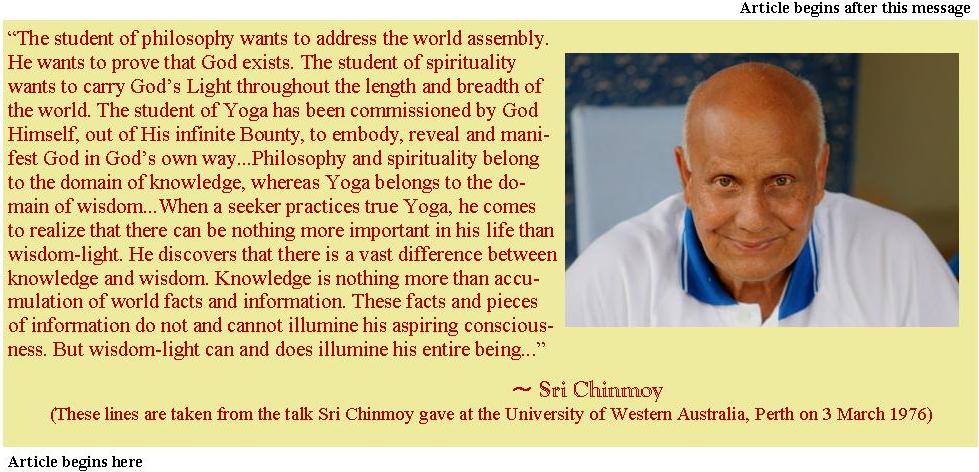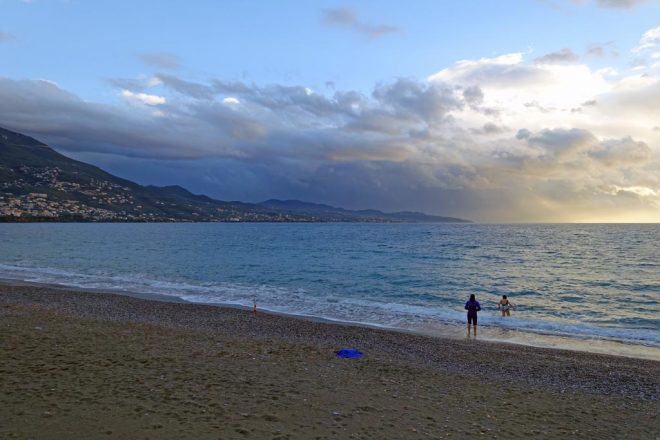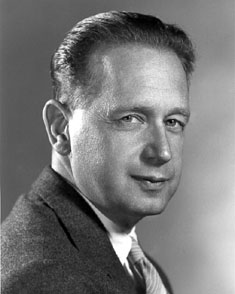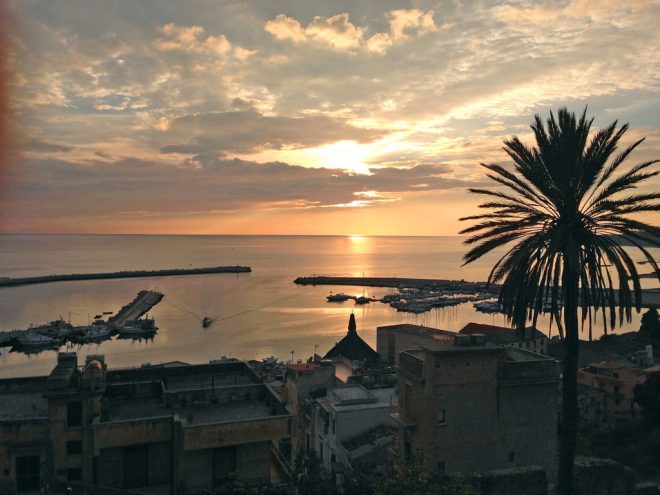
Dag Hammarskjold came from one of the oldest and well-known families in Sweden who for more than three centuries provided the nation with civil servants and soldiers, many of whom attained high rank. Dag’s father, Hjalmar Hammarskjold, was the Prime Minister of Sweden, through the tense war years, from 1914 to 1917.
The Hammarskjold family lived for more than a quarter of a century in a massive Castle in the city of Uppsala. Dag lived with his parents in this castle from the age of two through his student days at Uppsala University. In the fall of 1930, when his father retired, he moved with his parents to an apartment in Stockholm.
For young Dag the massive ancient castle of the Vasas was a wonderful playroom where mysterious passages ran between massive walls; in the towers were circular banquet-rooms and, at other places there were dark dungeons. Dag often led his young friends on thrilling explorations into the winding passages of the fortress. But it was the grounds and the gardens of the castle that became young Dag’s botanical-zoological workshop. “Beginning to learn the Latin names of plants by the age of six, as one of his brothers admiringly reported, he became a clear-eyed explorer of all things that grew or padded, hopped or crawled within sight of the castle.” (1). Often Dag spent his time collecting animals from ditches and making cages for larvae & feeding them greenery. Because of this habit of taking care of larvae, his mother, Agnes, fondly started calling him “my little larva”.
Of his father and mother once Dag wrote to a friend, “Where the one was light, the other was warmth.”(2). Dag’s father, Hjalmar, contributed immensely towards his development as a political leader and a social thinker. It was from his father that Dag learnt an exacting and unflinching devotion to duty, love for his country, sympathy for small nations, and dedication to the realization of an international order based on justice. His mother Agnes “surely gave Dag the internal basis for a caring emotional life, for sharing with others the good and the bad, for daring to view the human condition with the mind and heart of faith.”(3) Of his mother Dag once said, ‘…She had the qualities I admire most: she was courageous and good.’(4). Reflecting on his relation with his mother many of Dag’s friends have admiringly said, “In all her charitable interests and activities, her son Dag was a loyal, though sometimes amused, companion and lieutenant. ‘Every Sunday he accompanied her to church, and he would patiently wait while she chatted with friends or acquaintances she chanced to meet in the street, whether the Archbishop or a poor shoemaker whom she had recently rescued from bankruptcy’. And he ‘accompanied her on her visits to people in distress’. In European society of that day there was often the ‘stay-at-home daughter’ who remained to look after her parents, which prompted one of Dag Hammarskjold’s oldest and most admiring friends to suggest: ‘Dag was the Hammarskjold family’s stay-at-home daughter. The fantastic thing is that at the same time he could be a boy with the others, pass exams as brilliantly as he did and make a great career’.(5) Read On…









